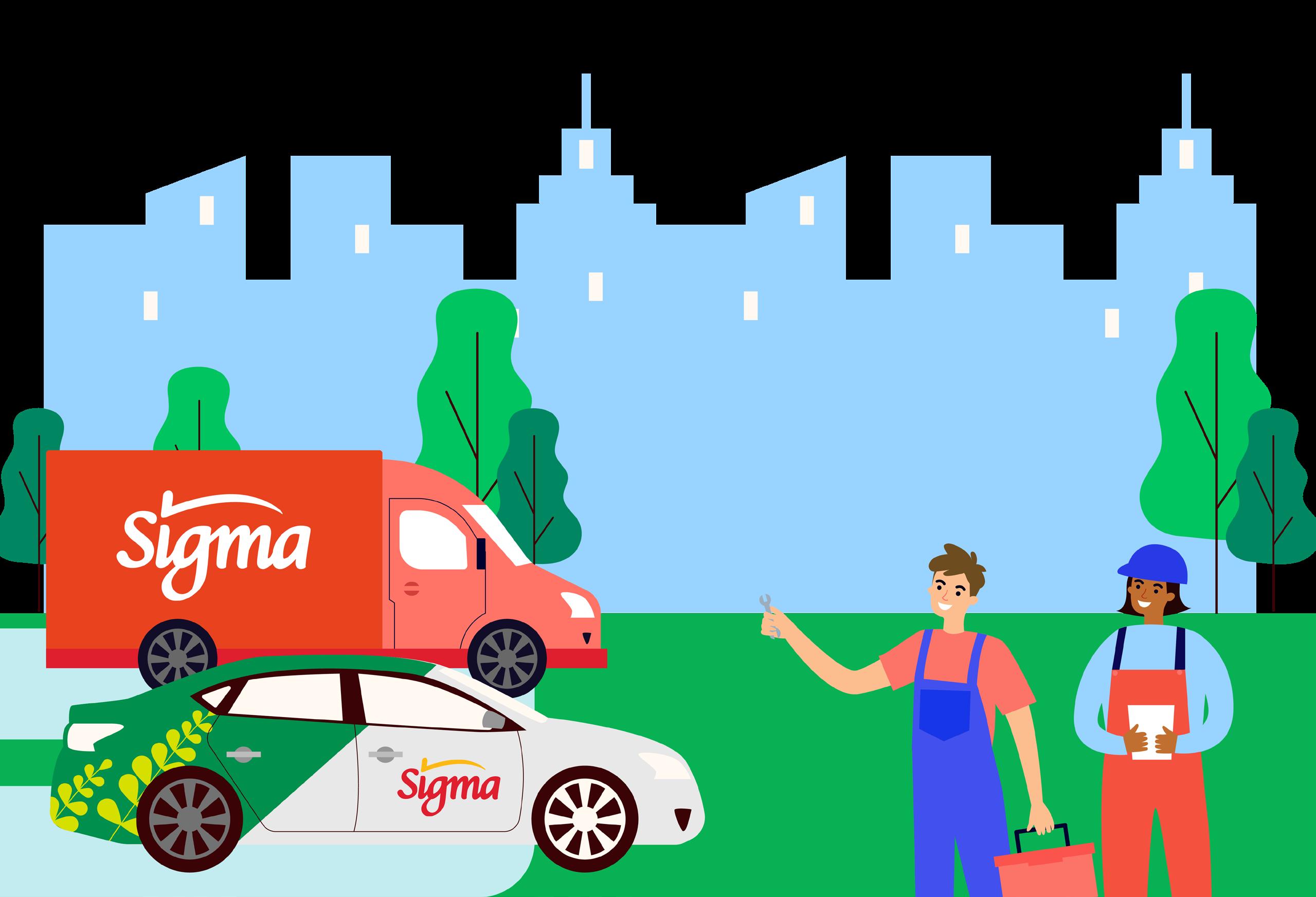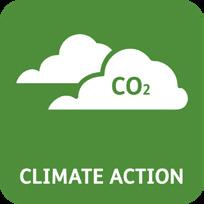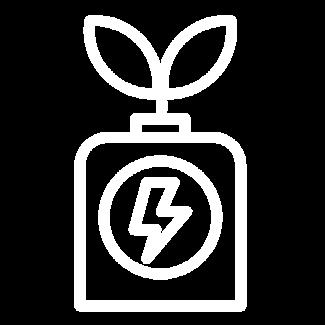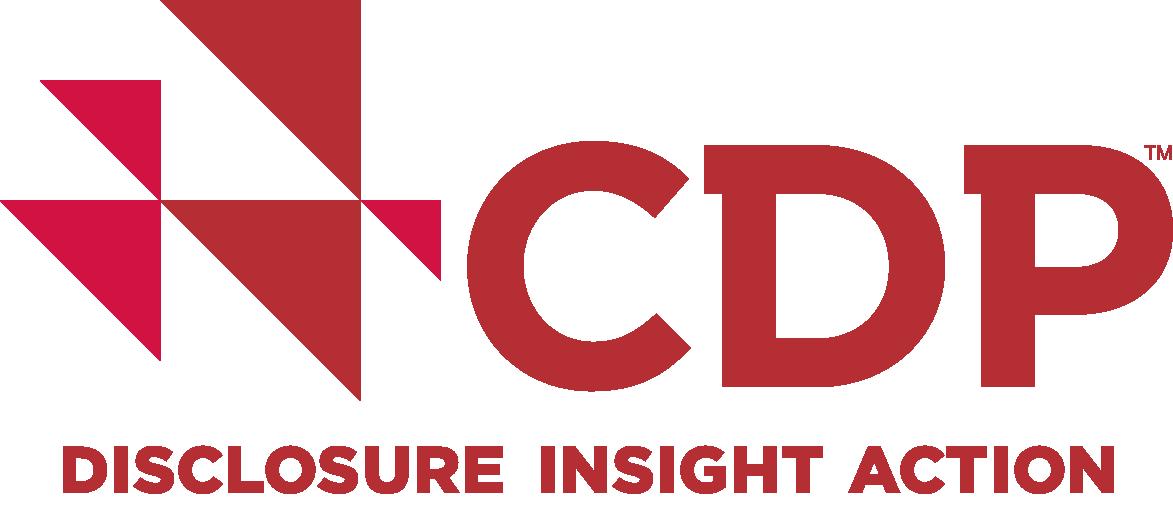
2 minute read
Climate action
from 2022 Sustainability Report
by Sigma
3-3: Climate action || 305-5

SASB FB-MP-110a.2
SDG 7: Goal 7.2 || 9: Goals 9.2, 9.4 || 13: Goals 13.2, 13.3
We constantly seek to become more sustainable at all Company levels. As a result, we use cleaner and renewable energy in our operations and reduce emissions throughout our value chain.
Our goal and progress
Percentage reduction in CO2eq emissions related to our plants and transportation fleet, per ton of food produced (compared to 2015).
Progress: 16% 2025 goal 20%
Responsible environmental management
2-27, 2-28
Committed to environmental stewardship
We use environmental management systems for continuous improvement and remain attentive to new technologies to identify, assess, control, and reduce potential risks, as well as our carbon footprint.

We meet and exceed applicable environmental regulations:
Environmental certifications
Autorización Ambiental Integrada (AAI)
European Directive 2010/75/EC on emissions and contamination controls.
ISO 14001 Global environmental management standard.
ISO 50001 Global energy management standard.
7 plants in Europe.
Environmental Management Plan at the Bureba plant in Spain.
Sigma Environmental Community
Aoste, Maclas, and Saint Symphorien plants, in France.
Retray Process Certification Certification that verifies compliance with traceability requirements and the percentage of recycled material content in PET packaging. Ólvega Pizza Plant, in Spain.
More than 120 employees actively participate in our environmental initiatives. The Environmental Community applies best practices throughout our operations, raising awareness among employees about environmental stewardship and natural resource management. More than 60 projects focused on water, fuel, and electricity solutions were presented during the 2022 Sustainability Meeting. The evaluation committee recognized three teams with related training courses and technical equipment to continue pursuing efficiencies.
Science Based Targets Initiative




2022 was a crucial year in defining our next steps in the decarbonization strategy. Our strategy is aligned with the Science-Based Targets initiative to achieve the goals established in the Paris Agreement. Our targets were approved in June 2023 and we are constantly working on initiatives across our different Organizational Units to reduce our greenhouse gas emissions.
Climate Action Program

OUR CDP SCORE FOR CLIMATE CHANGE IN 2022 REMAINED AT B; 2 LEVELS ABOVE 2020.
By 2022, we achieved an 16% reduction in CO2 equivalent emissions per ton of food produced from our plants and refrigerated transport fleet, compared to our 2015 baseline (scope 1 and 2 emissions). The Climate Action Program operates under the following action lines:

We also contribute to mitigating climate change through reforestation efforts. During 2022, we partnered with NGOs on reforestation campaigns, the protection of flora and fauna, and strengthened our relationship with the communities where we operate.

Mexico
We planted 2,100 maguey cacti on 3 hectares of Cumbres de Monterrey National Park in collaboration with Reforestamos México A.C. Seven families in the area were benefited. Additionally, 21 volunteers participated in the removal of invasive exotic species from 1 hectare of the park.
Portugal
We planted 1,600 pine trees in Serras de Aire e Candeeiros Natural Park with the support of 47 volunteers.
Ecuador


We participated in the Siembratón, an event promoted by the Guayaquil City Hall, in conjunction with private companies. We planted 4,000 trees in 8 natural areas among all the participating companies.

Costa Rica
We provided technical advice to our Dairy Development Program suppliers on regenerative farming practices, such as windbreak trees to favor the growth of forage in order to reduce dependency on food produced off-farm, the use of waste as fertilizer for crops, grazing systems that improve soil management, among others.
Calculating emissions in our value chain
Nearly 80% of our carbon footprint comes from raw material sourcing and transportation. We therefore seek to reduce our supply chain’s carbon footprint as part of our decarbonization strategy. This includes a commitment to optimize scope 3 emissions.
Sigma joined CDP Supply Chain in 2020 and, starting in 2021, began measuring the value chain environmental impact. In 2022, we made considerable progress in mapping this impact, covering around 35% of raw material spending. Throughout 2023, we will provide feedback and best practices recommendations for suppliers.

Climate risk management
We analyze the climate risks we are exposed to, including physical and transitional ones. As a result, we have designed mitigation measures such as our Climate Action Program and Global Water Management Program, as well as the integration of an internal carbon price in energy project evaluations.














